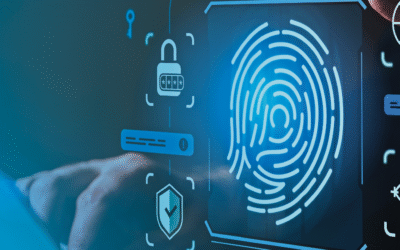How to Dispose of Old Electronics and Clear Space for Your Socks
 If you’re like most people, you have a drawer full of old cellphones, pagers, and other electronic devices collecting dust. Those MP3 players, Palm Pilots, and floppy disks might evoke nostalgia, but chances are, you haven’t used them in years — and probably never will.
If you’re like most people, you have a drawer full of old cellphones, pagers, and other electronic devices collecting dust. Those MP3 players, Palm Pilots, and floppy disks might evoke nostalgia, but chances are, you haven’t used them in years — and probably never will.
Free up valuable space that can be used for something functional, like socks, by finally doing something about that long-obsolete technology.
Technology’s Decreasing Lifespan
There’s a lot of truth in the phrase “they don’t make ‘em like they used to.” When electronic devices were first mass produced, their lifespan averaged 40 years. Today, that average lifespan has been cut drastically — down to 1.5–13 years, with most devices lasting 4–5 years.
In a sense, technology is its own worst enemy; each new advance — whether faster speeds, better graphics, or more storage space — has consumers and businesses clamoring for the latest and greatest. The downside? All that outdated tech either clutters up the home or, worse, finds its way into the landfill. A 2019 United Nations report found that 53.6 million tons of e-waste was produced that year, and only 17.4 percent was disposed of properly.
Take These Steps Before Disposing of Your Device
Obviously, there’s no point in hanging onto old cellphones, tablets, and other devices if you no longer use them. Before getting rid of them, make sure you back up all your files, including photos, videos, and music. You can upload them to the cloud or transfer to an external hard drive.
Next, perform a factory reset to “wipe” your hard drive clean. This will remove most — but not necessarily all — of your data. Check your phone’s settings menu for instructions or visit a retailer like Best Buy for help.
Finally, remove any SIM or SD cards from your device for future use or safekeeping.
Four Options for Your Old Electronics
Now that you’ve backed up your files and removed all sensitive information from your devices, it’s time to get rid of them. This does NOT mean tossing them in the trash. Electronics contain toxic substances such as lead, arsenic, and cadmium that could leak into the soil and water, creating health risks for people and wildlife and potentially endangering the food supply. Try one of these eco-friendlier options instead:
- Recycle it. Look for a certified e-waste recycler to properly dispose of your electronics. In South Dakota, retailers such as Best Buy, Staples, and Office Depot have electronic recycling programs. Amazon is another option if you don’t have easy access to those stores. Organizations like Call2Recycle.org and Earth911.com provide lists of nationwide drop-off locations searchable by ZIP code.
- Donate it. Many devices are still in good working condition even if slightly outdated. If this is the case, consider donating to a local charity or nonprofit. Schools and domestic violence shelters often appreciate used technology. The Goodwill organization partners with Dell to accept computers and related devices nationwide.
- Trade it. Some manufacturers offer buy-back programs that can help offset the cost of new technology. They will often refurbish old devices and turn around and sell those.
- Sell it. If your device still works, you might be able to find a buyer. Try advertising on Craigslist, eBay, or Facebook Marketplace, or check out sellcell.com. If that’s too much of a hassle, there are companies that will do the work for you, though naturally they’ll take a bite out of your profits.
If all else fails, you can always get creative and repurpose your old devices. You could let your kids practice their photo skills using an old phone or tablet. If you haven’t deleted old files, turn your device into an mp3 player or digital photo frame. Got a wobbly table? Maybe your phone is just the right size to make it level again.
Whatever you end up doing, your socks will thank you.
Golden West does not endorse any of these products or services.
Sources: Some information for this article was provided by online articles from Consumer Reports, PCMag.com, CNet.com, MainSpring, and Equinix.com.




